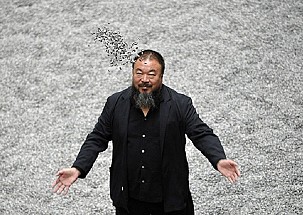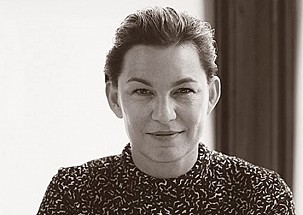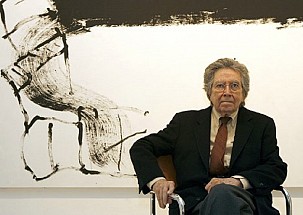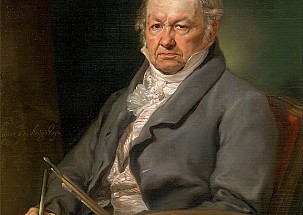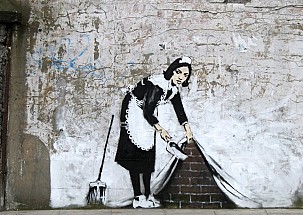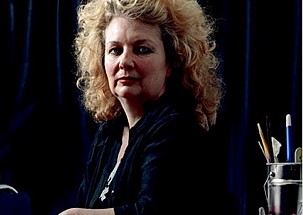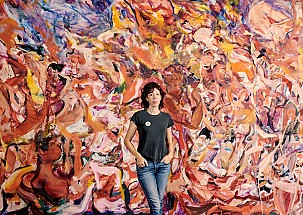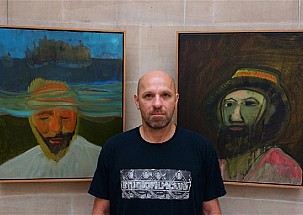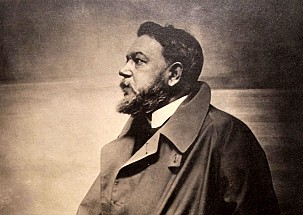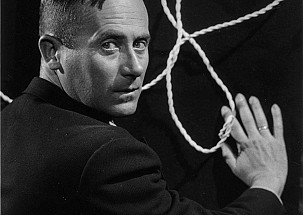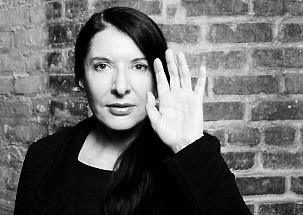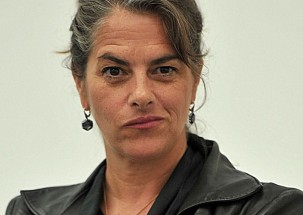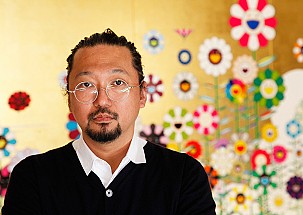At the tender age of 10, a Japanese girl called Yayoi Kusama encountered the worlds of colour, sculpture and the modelling arts for the very first time. Enamoured ever since with polka dots, she began creating works of art in which fantasy and reality coexisted in settings where nothing was what it seemed: portraits of her mother obliterated by dots, for instance. These were works intended to reflect the disturbing hallucinations that her own mind was producing. They were the solution Kusama came up with to counteract the effects of her mental disorder. She simply painted what she saw. That same little girl, Yayoi Kusama, is still alive and well in her Infinite Rooms, in those ever-present polka dots and in those flowers on the borderline between heaven and hell.
At the tender age of 10, a Japanese girl called Yayoi Kusama encountered the worlds of colour, sculpture and the modelling arts for the very first time. Enamoured ever since with polka dots, she began creating works of art in which fantasy and reality coexisted in settings where nothing was what it seemed: portraits of her mother obliterated by dots, for instance. These were works intended to reflect the disturbing hallucinations that her own mind was producing. They were the solution Kusama came up with to counteract the effects of her mental disorder. She simply painted what she saw.
That same little girl, Yayoi Kusama, is still alive and well in her Infinite Rooms, in those ever-present polka dots and in those flowers on the borderline between heaven and hell. The artistic world of one of our most fascinating contemporary artists has its origin in the nightmares that have plagued her all her life. But as she matured into adulthood, she found the means by which to portray and display them beautifully to an adoring audience.
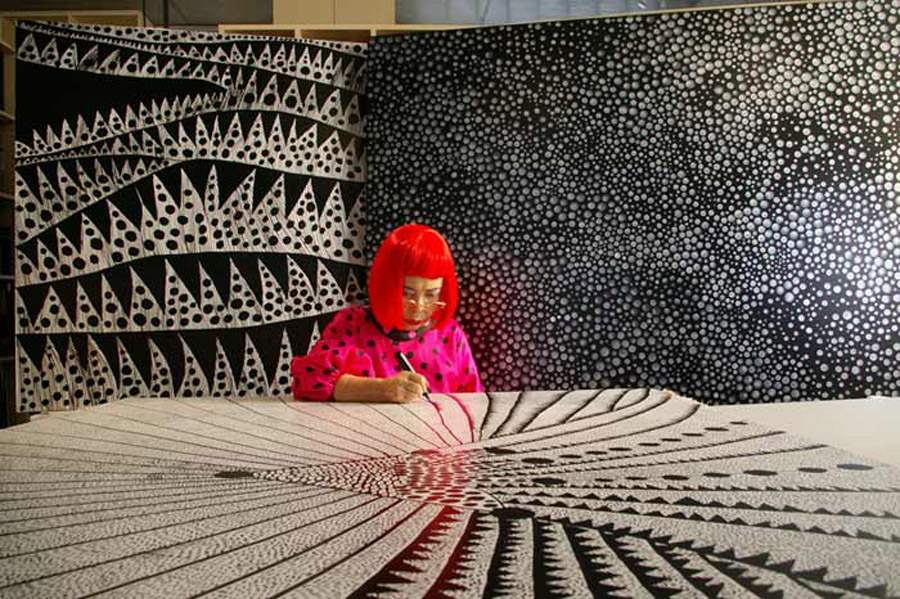
Yayoi Kusama at work. Photo: Vagner Carvalheiro
"My art is an expression of my life, particularly my mental illness." Yayoi Kusama
Born in Matsumoto (Japan) in 1929, her formative years were played out in a misogynistic society where women had little or no say and even less so in the complex field of the arts. In 1957, at the age of 28, she moved to New York to seek out a new way to express the artistic maelstrom that nestled in her mind and spirit. Neither the overwhelmingly robust American artistic world nor its male bias prevented her from becoming one of the most 'bubbly', innovative and active art creators of her time (and the times that would follow). In the form of installations, "happenings", oversize canvasses and performances, the work of Yayoi Kusama since then has displayed a diversity and an anxious curiosity that knows no barriers and no bounds.
New York (1957-1973)
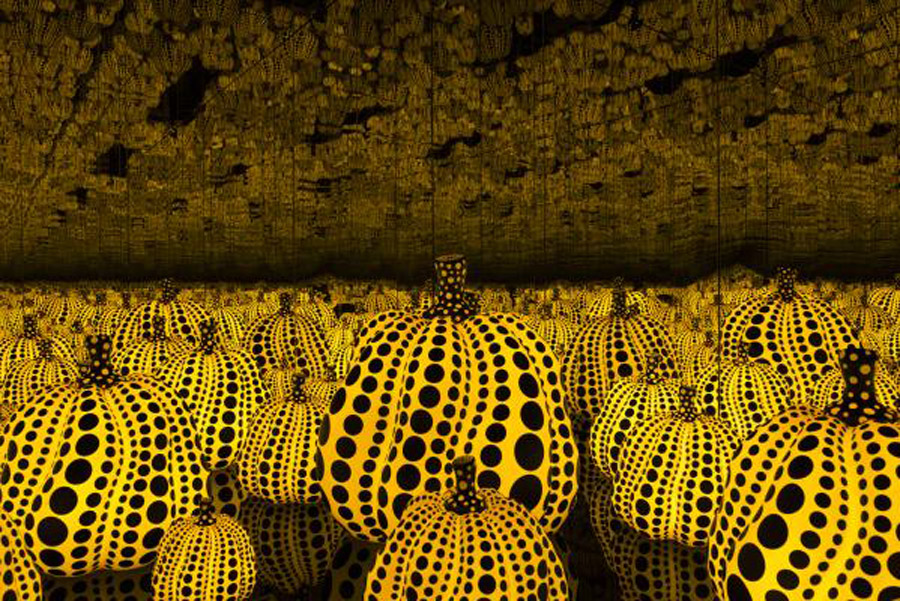
All the eternal love I have for the pumpkins (2016) – Dallas Museum of Art
In New York, she rubs shoulders with artists of renown such as Andy Warhol and Donald Judd. She becomes part of the Pop Art explosion and the unfettered creativity of the '60s and '70s with its hugely 'influencing' installations of light, colour and curves. This is also the time of her "soft sculptures", montages of colourfully-dotted, stuffed or quilted fabrics that reveal her deep-seated fear (as she herself attested) of sexuality and penetration.
By the end of the '60s, a powerful socio-cultural movement dominating the whole American art scene becomes just too much for Kusama's spirit and wellbeing. She abandons it in favour of instead creating artworks as 'happenings', anti-war demonstrations and fashion. She also begins to make films, somewhere in between cinematography, self-portraiture and art, amongst which "Kusama's Self-Obliteration" (1967) stands out. The film won numerous awards and was a giant step towards worldwide recognition for an artist as innovative as she is fascinating.
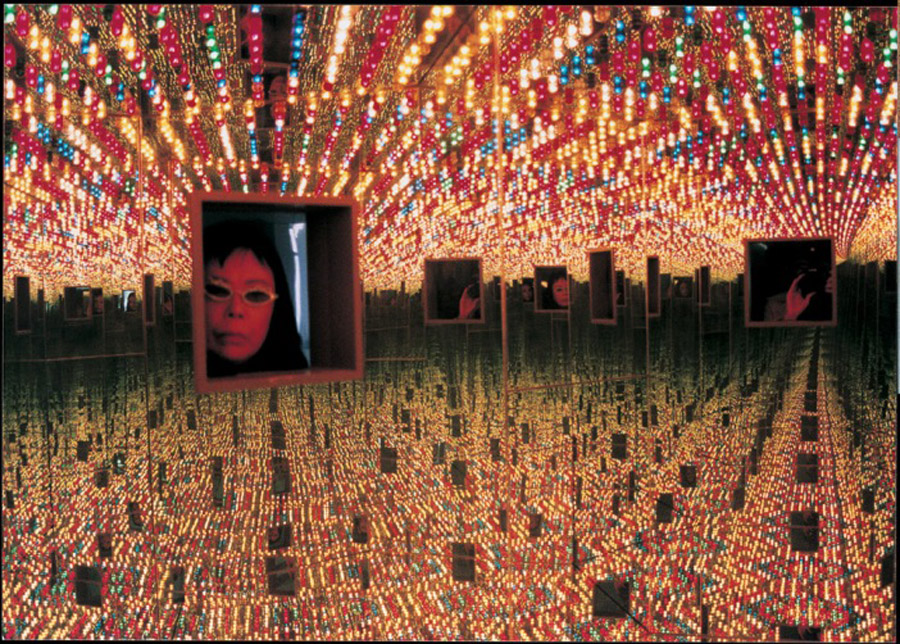
Infinity Mirrored Room – Love Forever 1996. Photo: Le Consortium, Dijon © André Morin and © Yayoi Kusama . Tate Modern, London
1973 is the year of Kusama's return to her native Japan. Her talent then truly reveals itself in all its multiple facets: from the already established plastic arts to the newly discovered literary ones. In 1983, her novel "The Hustler's Grotto of Christopher Street" wins the 10th Yasei Jidai Literary Award for First-Time Authors. The '80s see her first major exhibitions worldwide, including the Museum of Fine Arts in Calais (France), as well as New York and London. These exhibits culminate in her presence at the 1993 Venice Biennale where "Narcissus Garden" (heavily influenced and promoted by the artist Lucio Fontana) spoke to the spectator of the self-proclaimed and lifelong history of narcissism of its creator using as language her passion for flowers, mirrors and infinite, spherical shapes.
Venice Biennale. Narcissus Garden.
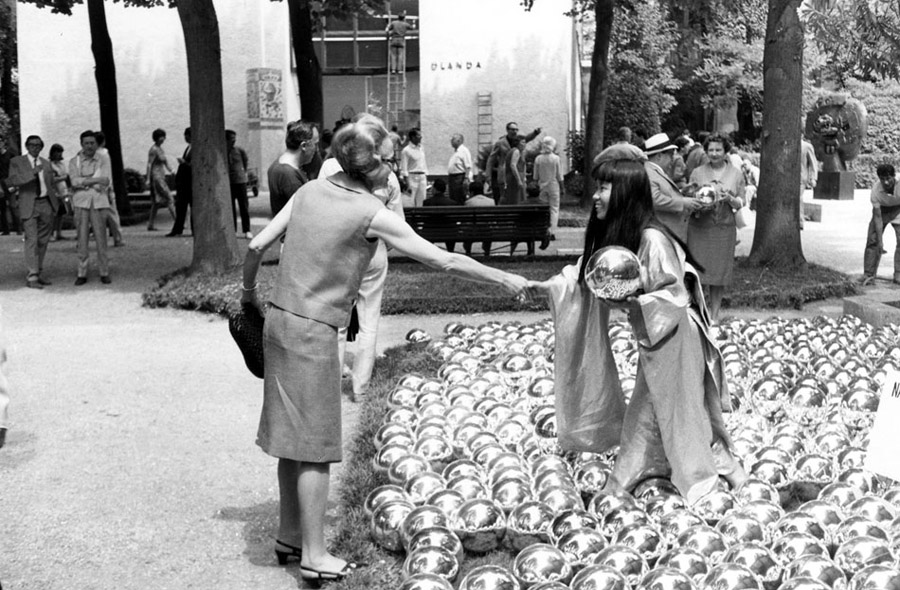
Yayoi Kusama in her Narcissus Garden installation, created for the 1993 Venice Biennale. Photo © Khan Academy
Although Kusama was not officially invited to exhibit, the moral and financial support afforded her by Lucio Fontana (as well as permission from the chairman of the Biennale Committee himself) meant she could stage her installation on the lawn outside the Italian Pavilion. It consisted of 1500 mirrored globes the size of crystal balls, tightly arranged to reflect only the viewer's image. Kusama placed two signs beside it: “Narcissus Garden, Kusama” and “Your Narcissium (sic) For Sale”. Wearing a gold kimono with silver sash, she sold off the mirror balls to passers-by for a dollar a piece, and each was accompanied by a flyer with flattering comments about her work. In this way, the work revealed itself to be a steely criticism of the commercialisation of art and its status as merchandise. After this, Kusama began further work on the creation of outdoor installations and sculptures.
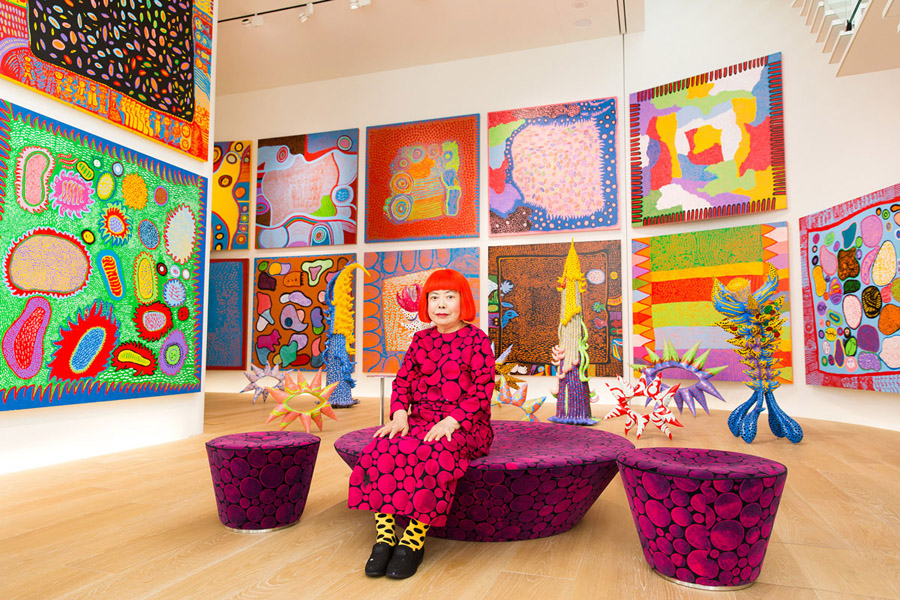
Yayoi Kusama with recent works, Hirshorn Museum, 2016. Photo: Tomoaki Makino. Courtesy of the artist © Yayoi Kusama.
Now a world-renowned artist whose work has been recreated and exhibited internationally in the most prestigious museums and galleries, Yayoi Kusama currently lives in a private mental health facility of her own free will. She continues to work from her nearby studio and continues to dialogue with her old nightmares, the primal origin of her ever-restless and always dynamic work. Then, in September 2017, and as a fitting culmination to her career, The Kusama Museum (Tokyo) opened its doors and its five floors entirely dedicated to the oeuvre of this fascinating creator.
{youtube}rRZR3nsiIeA|900|506{/youtube}
Yayoi Kusama talks about her life and her work in this feature from Tate Youtube channel
A quirky, troubled, coherent oeuvre
If anything were to characterise the work of Kusama, it would undoubtedly be its intensity. This prolific and innovative artist could almost be said to imbue her creations with 'suffering'. Since her very first pieces, when a kind of mental hallucination was already both palpable and inseparable from the aesthetic, Kusama's works have captured the spectator and propelled them into a stream of passions.
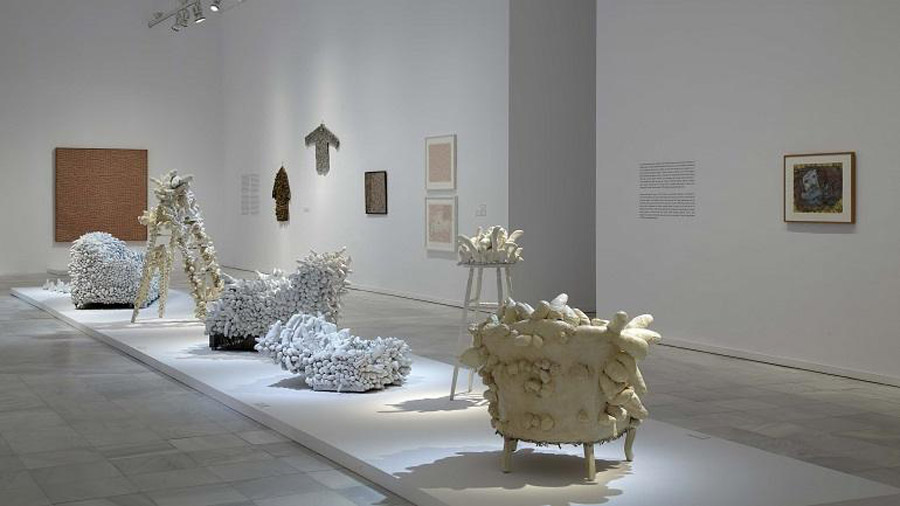
Accumulation Sculptures. Reina Sofia Museum, Madrid Museo Reina Sofía
Accumulation Sculptures
In addition to the celebrated New York performances and "happenings" of the 60s and 70s, Kusama was at the same time creating her famous Accumulation Sculptures in which she abandoned paint as her only medium, instead merging it with three-dimensional shapes. Titled “Soft Sculptures”, they had clear phallic and sexual overtones that became emblematic of her work.
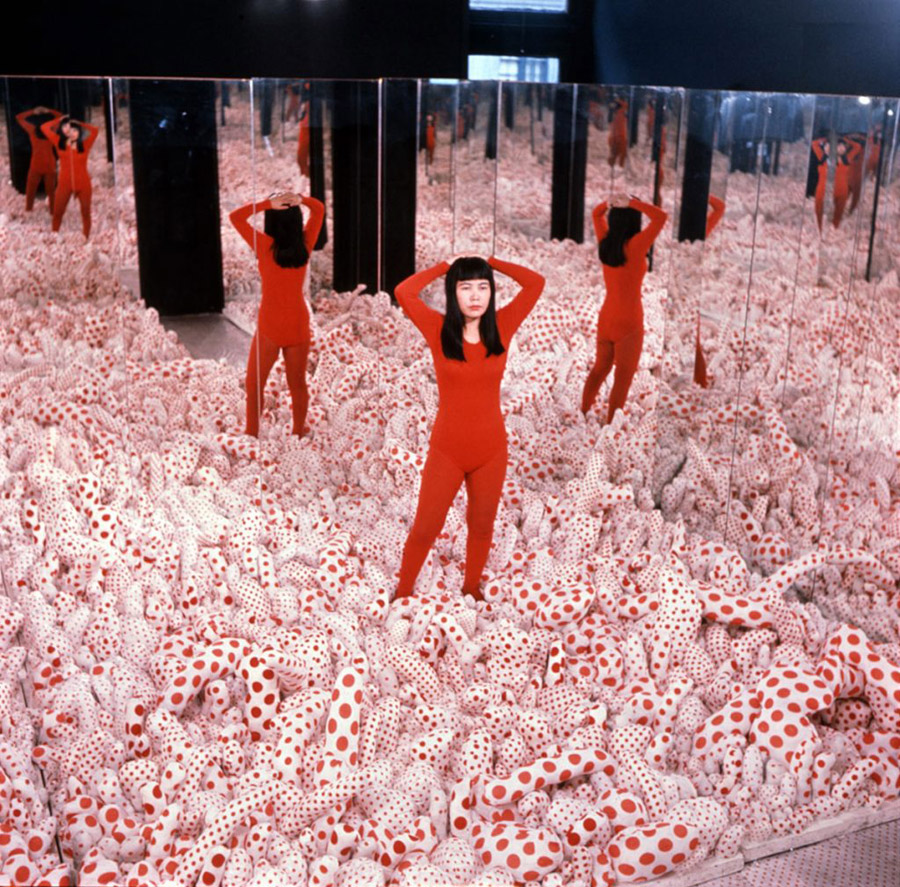
Infinity Mirrored Room – Phalli's Field (1965), Hirshorn Museum. Photo © Yayoi Kusama.
Infinity Mirrored Rooms. But if anything about the artist's work still incites passion (and one has only to remember the Spring 2017 exhibition at the Hirshhorn Museum in Washington that broke all-time visitor records), it is her Infinity Mirrored Rooms. Kusama began work on this series in the 60s, a series made up of different rooms, each with floor-to-ceiling mirrored walls, shapes and lights creating an ambience intended to transmit certain sensations and feelings. They were places of peace but also of anxiety. Of colour but also austerity. Of welcome and of terror. And this because all of the sensations that form part of Kusama's life become ours, too, as we literally enter into her works.
Yayoi Kusama, a legend in contemporary art, is still today painting the stuff of her dreams and, of course, her nightmares: as awful, as awesome and as fascinating as all of ours.
Further reading:
- Yayoi Kusama. Infinity Mirrors
- Infinity Net: The Autobiography of Yayoi Kusama
- Yayoi Kusama. Revised And Expanded Edition
- Women In Art. 50 Fearless Creatives Who Inspired the World
(Translated from the Spanish by Shauna Devlin)
- Yayoi Kusama: Biography, Works and Exhibitions - - Alejandra de Argos -





